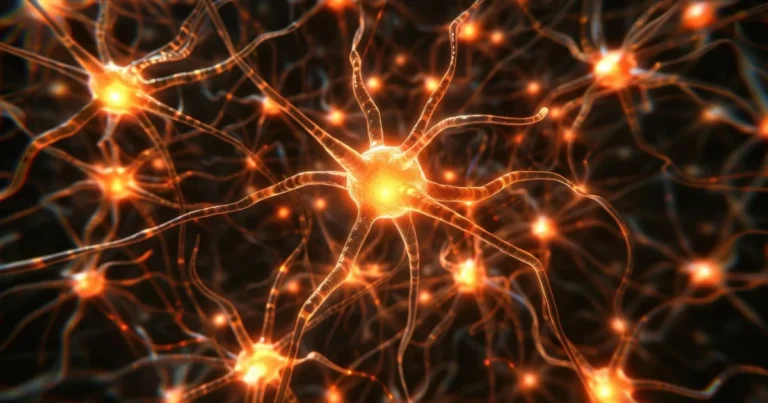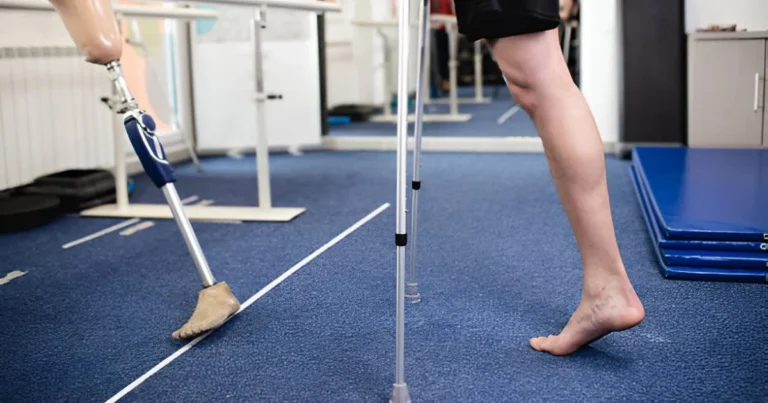From loss to repair: Stem cells offer new hope for Parkinson’s
Parkinson’s disease affects nearly 1% of people over the age of 60. It results from the gradual degeneration of dopaminergic neurons in the substantia nigra, a deep brain region involved in motor control. This neuronal loss leads to characteristic symptoms: resting tremors, muscle stiffness, motor slowness, and balance issues. While current dopamine-based treatments help alleviate symptoms, their effectiveness fades over time and does not halt the disease’s progression.
Faced with these limitations, regenerative medicine is opening a radically new path, not to compensate for neuronal loss, but to try to repair it by replacing the destroyed cells. The challenge lies in finding a safe, ethical, and effective cell source capable of sustainably restoring dopaminergic activity in the brain.
That’s exactly what a Japanese team led by Professors Jun Takahashi and Ryosuke Takahashi set out to do. Their pioneering clinical trial, published in Nature in May 2025, marks a decisive step toward curative therapies for Parkinson’s disease.
🔗 Read also: Two disorders, one trajectory? Rethinking the divide between autism and Parkinson’s
How reprogrammed stem cells could transform Parkinson’s treatment
The study aimed to evaluate the safety and early clinical effects of transplanting dopaminergic cells into patients with Parkinson’s disease. Unlike previous trials that used fetal tissue, this approach relies on induced pluripotent stem cells (iPSCs), which are adult cells reprogrammed to an embryonic-like state.
The researchers used blood cells from a healthy donor selected for genetic compatibility with a broad segment of the Japanese population, to reduce the risk of immune rejection. These cells were then transformed into dopaminergic progenitors, the precursors of dopamine-producing neurons. Only cells displaying the appropriate molecular markers were retained, while others, such as serotonergic cells that might cause side effects, were eliminated.
The trial took place at Kyoto University Hospital with seven patients at an advanced stage of Parkinson’s. The grafts were carried out with high precision, directly into the putamen, a brain region critical for motor function. The two-year follow-up brought reassuring results: no serious adverse effects were observed, and minor side effects were temporary. Brain imaging showed neither inflammation nor abnormal cell growth.
The most promising results involved dopamine production. The transplanted cells not only survived but also produced dopamine, a neurotransmitter essential for motor function. The effect was stronger in patients who received a higher dose. Clinically, most participants showed improved motor function, even without medication. Importantly, none experienced the motor side effects previously seen in earlier graft attempts. Animal studies confirmed that these cells integrate into the brain and behave similarly to natural dopaminergic neurons.
Together, these findings provide renewed hope that a reparative therapy for Parkinson’s might one day become reality.
🔗 Explore further: Timeless regeneration: Uncovering the brain’s stem cell secrets
The future of neurorepair: From replacement to regeneration
This first clinical application of iPSC-derived cells for Parkinson’s disease marks a key milestone in the field of regenerative medicine. The study demonstrates that adult cells can be reprogrammed, transformed into dopaminergic neurons, and safely transplanted into the human brain. Even more significantly, these cells can produce dopamine, integrate into brain circuits, and improve symptoms in some patients.
Compared to earlier fetal tissue approaches, this technique offers major advantages. It’s more ethical, since it avoids the use of embryonic tissue; more standardized, thanks to tightly controlled production protocols; and potentially more scalable in the long run due to reproducible manufacturing processes. It represents a true paradigm shift: the goal is no longer to simply manage symptoms, but to repair damaged neural circuits.
The next step, already in preparation, is a larger-scale clinical trial with a double-blind design, including a placebo group and enhanced monitoring. This will help confirm the treatment’s efficacy on a broader scale and better assess its impact on cognitive functions and quality of life.
Several avenues are being explored: increasing the number of implanted cells, targeting broader brain regions, or combining grafts with neuroprotective treatments to prolong their effects.
🔗 Discover more: Synaptic distress: Understanding the impact of Frontotemporal degeneration on the brain
Another promising direction involves using the patient’s own cells, reprogrammed in the lab to bypass immune rejection. This “autologous transplant” strategy has already been tested successfully in an individual case and could eventually offer a personalized and fully immunocompatible alternative.
The Kyoto team’s trial is more than a technical feat, it paves the way for a new generation of therapies for neurodegenerative diseases. A future where we don’t just treat symptoms, but aim to restore lost function. The road ahead remains long, but this step brings us closer to a form of medicine that could one day repair the brain with its own cells.
Reference
Sawamoto, N., Doi, D., Nakanishi, E. et al. Phase I/II trial of iPS-cell-derived dopaminergic cells for Parkinson’s disease. Nature 641, 971–977 (2025).








